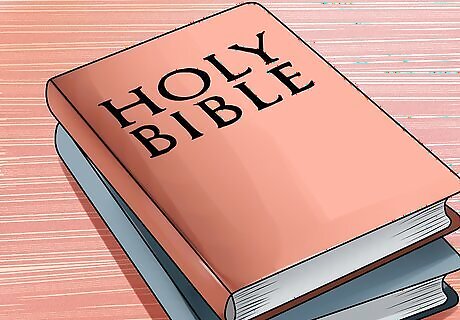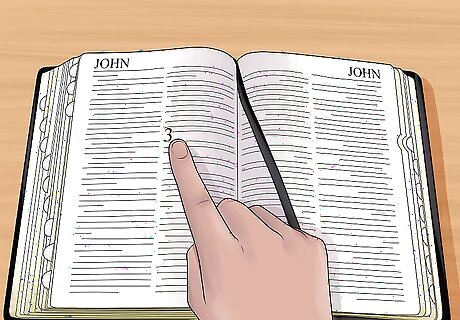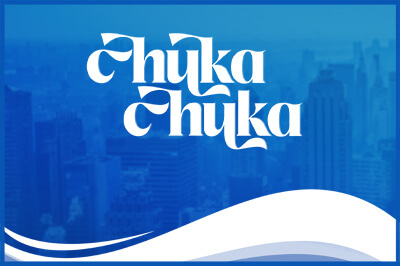
views
A Bible translation needs to be faithful to the original texts, to be clear in the target language, and above all it must have the confidence of the reader. A specific Bible should also have introductions, cross-references, indexing, maps, and study notes necessary for your purposes. Put it all together, and you will have the ideal Bible for you.

Line up several translations, side-by-side, and compare the same verses. There are interlinear Bibles that will do this for two, four or eight translations. Read some passages in each one. (You may want to compare Acts 26:14 and Psalm 1:1, since these show how translations deal with difficult Greek words and how sensitive they are to avoiding English idioms, respectively.) Are certain translations clear and understandable, while others make little or no sense? Ideally, the translation should "speak to your heart" as well as your mind. The worst translations speak to neither. The best translations are not necessarily the ones which use flowery or out of date language and expressions. Many people find that Bibles which use modern, every day language are easiest to understand and build ones' faith on.

Consider your purpose. How will you use this translation? Do you intend to read through the entire Bible or entire books or chapters? Will you be looking up single verses and then quickly checking their context? Will you be wanting to study the original language(s) word by word? As you compare the translations (in step 1), consider your intended usages. Which translation will make that easiest and help you avoid misunderstandings?

Decide what kind of translation you would like. Are you searching for a translation for serious study or one that reads easily in modern language? Consider purchasing one of each as different translations serve well for different purposes. The New American Bible (NAB): This a modern language Bible which is relatively easy to read and study. The NAB is the most literal modern translation available. The English Standard Version (ESV): It is also quite literal, but has fewer study helps available. The Revised Standard Version (RSV): A literal translation. It was was revised again in 1990 to become the (New) Revised Standard Version (NRSV) which is considered a considerably looser translation than its predecessor.

Some consider the King James Version (KJV) to be the preferred Bible version. It was completed in 1611 and, of course, the English language has changed greatly since then. Many words are now considered archaic, such as the term "raiment" for clothing. Some words which seem familiar may now have different meanings, for example, the word "nice" used in the KJV originally meant "silly." This translation is therefore harder to understand. Also, archaeologists and linguists continue to learn about the sites, cultures and languages of the Bible. We continue to discover earlier manuscripts. Newer translations (such as the NKJV) account for such discoveries; the KJV does not. The Contemporary English Version (CEV) is very easy to read, and yet remains faithful to the original meaning. Another popular choice is the Good News Bible (GNB) also called the Today's English Version or TEV). The English used is very easy to understand. The New Living Translation (NLT) is another popular example of this kind of translation. The Living Bible (TLB) was a paraphrase by Dr. Kenneth Taylor of the American Standard Version, whereas the NLT used a translation committee and translated from the Greek, Hebrew and Aramaic. Another popular paraphrase is The Message. Many enjoy the freshness of this rendering of scripture, paraphrased from the Greek by pastor Eugene Peterson.

Remember that several major translations fall somewhere between the highly literal/thought for thought spectrum. The New Revised Standard Version (NRSV) and the New International Version (NIV) are examples of such translations that are generally well respected and used by many churches. They are modified-literal translations that began with a word-for-word translation and then translators modified the results to make the sentences more closely correspond to English syntax (formation of sentences from phrases and words).

Before purchasing a Bible, read the translator's preface - this will help you to determine the philosophy of the translators and whether the translation is likely to be more or less literal. Staff at Christian bookstores may be quite knowledgeable about different translations and will likely be willing to answer any questions you may have.

















Comments
0 comment